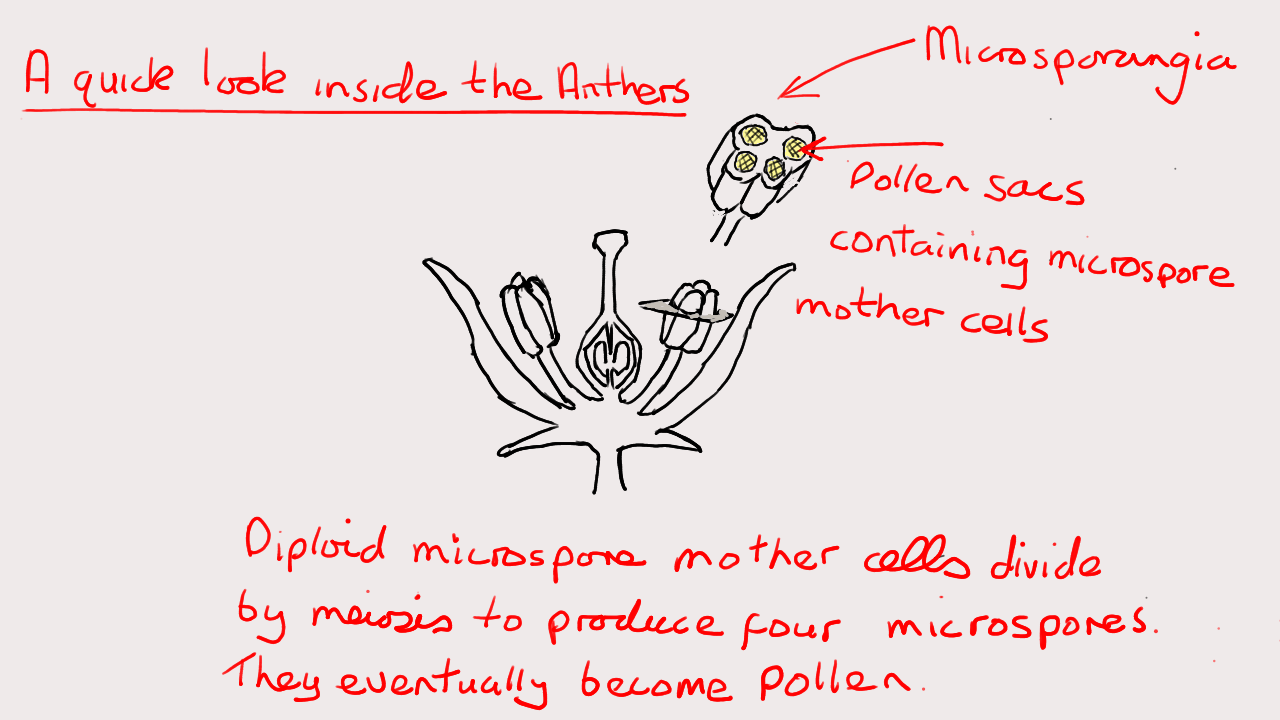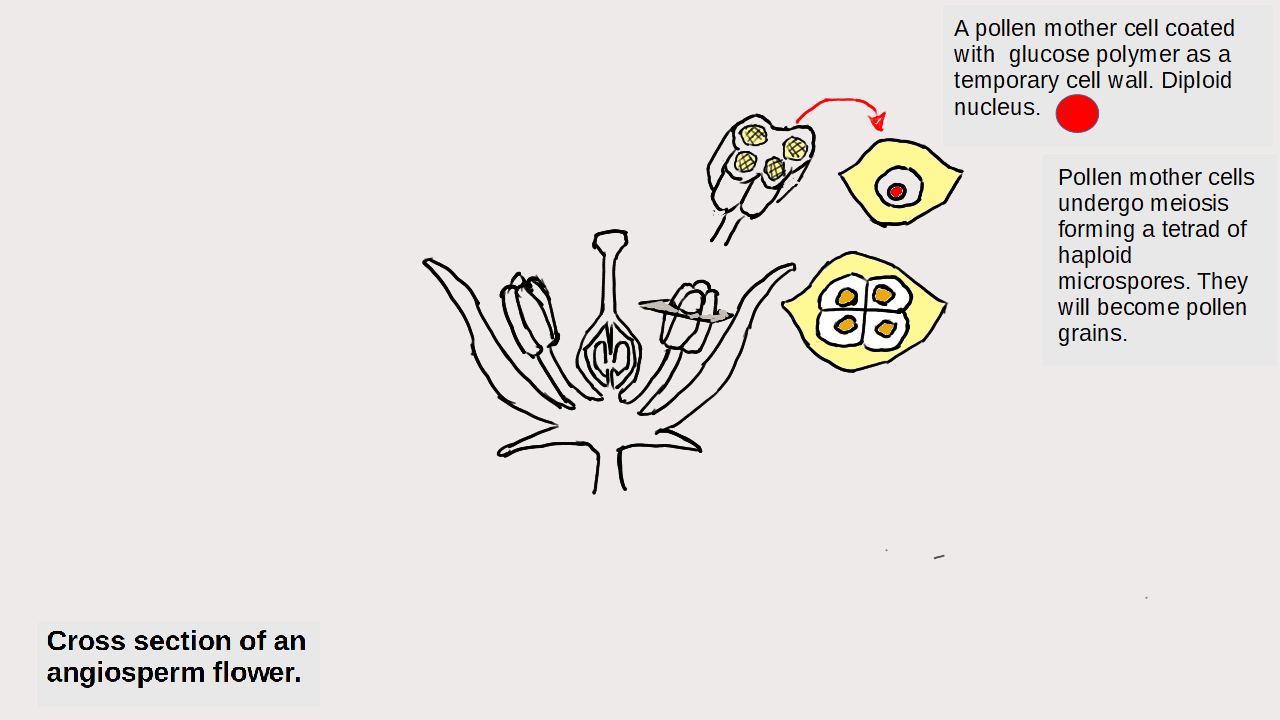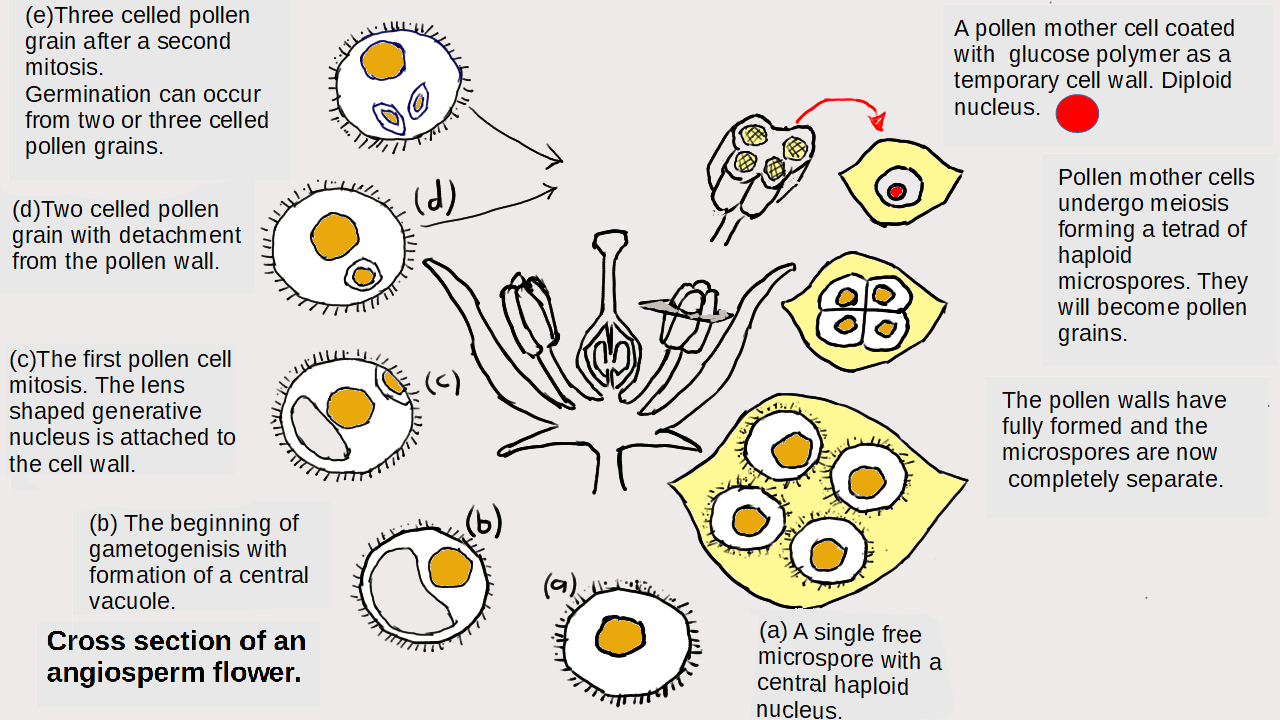


Ruapehu summit collapse misses the Chateau by 10,500 years.
State Highway 48, the Bruce road.
The Bruce Road was built 10,500 years after the rim of the ancient Iwikau volcano collapsed and large dry avalanches flowed into the valleys below. The original steep sided edifice became unstable as supporting glaciers receded. Avalanche material crashed through the valley containing the Chateau Tongariro and Whakapapa ski fields.
These avalanche deposits are collectively known as the Murimotu formation.
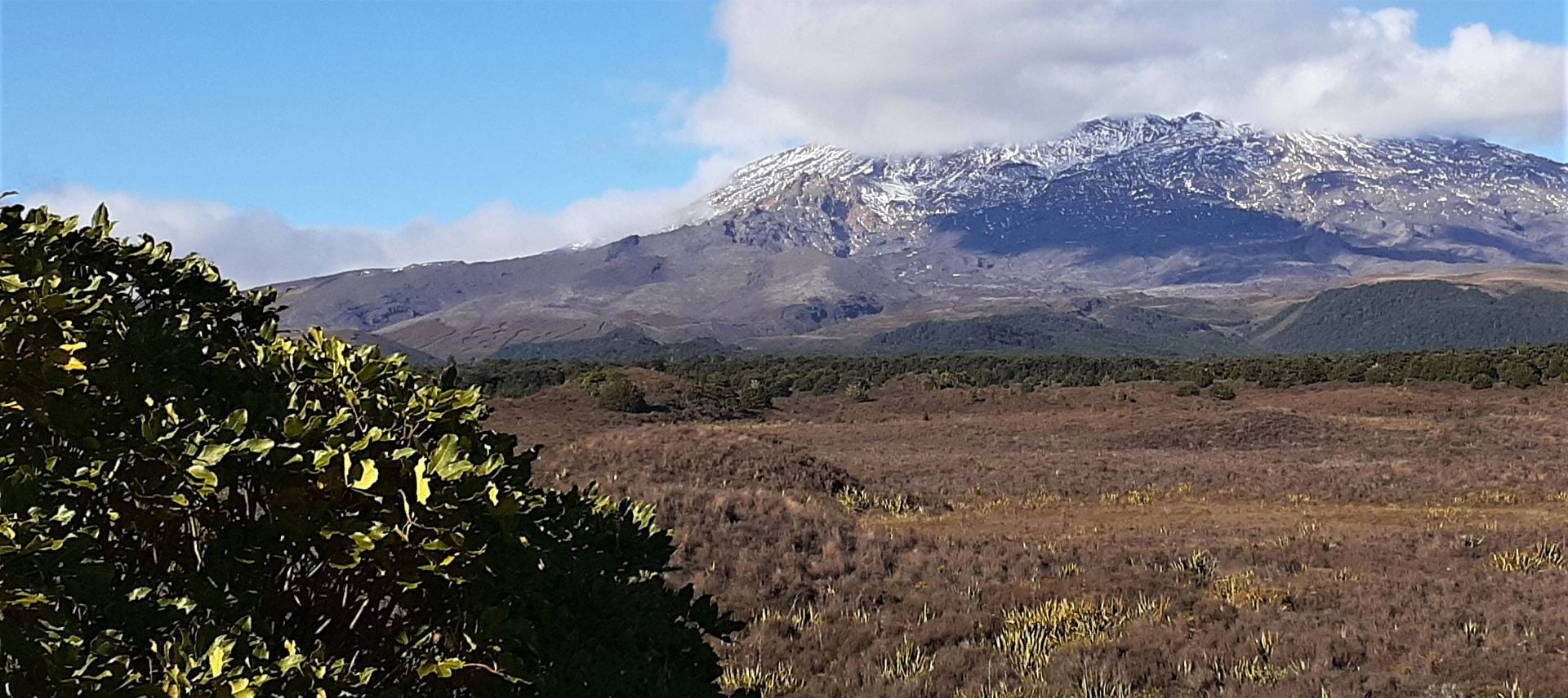
The present summit .
Tahurangi (Tg; 297m) is in the foreground. Left in the distance is Paretaitonga (Pt; 2751m) formed 18 to 12000 years ago.
Across the Crater Lake lies Cathedral rocks (Cr; 2663m), Te HeuHeu (TH; 2732m) and Tukino (Tk; 2720m) the result of cone building eruptions between about 15,000 and 12,000 years ago.
Pyramid Peak (Py; 2645 m) is part of a small cone that partly surrounds an active vent beneath the lake. It probably started erupting tephra and thin lava flows about 2,500 years ago. The picture isn’t mine, I’ll get up there soon probably after my 70th birthday!

The Iwikau Cone.
A residual scar from the catastrophic rim collapse can be seen between Te Heuheu (TH; 2372m) and Paretetaitonga ( Pt; 2751m) peaks on the north-west of Ruapehu.
Volcanic activity began after this large scale detachment. The event was probably triggered by earquakes undetected by yet to be invented seismic sensors. The Chateau itself had a lucky escape because it han’t been built yet. Successive eruptions of lava flows and pyroclastics within the collapse scar gradually built Iwikau, a new Iwikau cone.
Lava and pyroclastic deposits from the Iwikau cone are superimposed on Murimotu deposits in the whakapapa skifield area.

A rapid, bumpy descent from the Iwikau Cone.
The downward momentum of the detached volcanic material decreased as it hit the flat ring plane. It slithered to a halt, crumpling slightly as it dotted the landscape with characteristic mound shapes. The mounds consist mainly of andesitic-dacitic volcanic debris.
Lava and pyroclastic deposits cover the Murimotu formation in the whakapapa skifield area.

Distinctive layers preserved during descent.
Course layer structures are visible. This is typical of dry avalanche deposits and probably indicates that large chunks of the mountain made a rather fast but traumatic descent onto the ring plain.
The andesite/dacite blocks in view are the same age and have similar chemical composition to material found near the summit at the inferred original site.
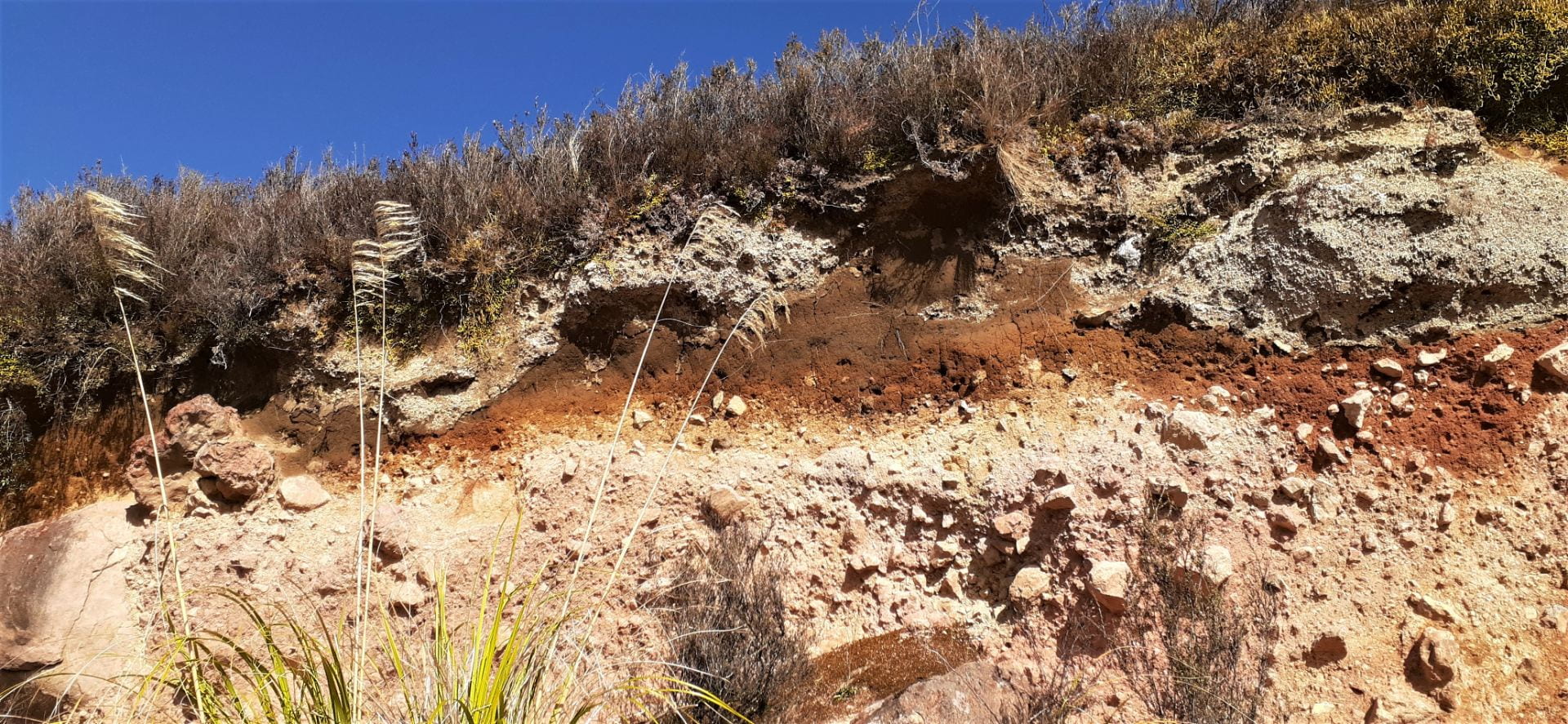
Damaged in transit
Complete chunks of the original mountain crashed and bounced down steep terrain before sliding to a halt beneath the Chateau. large rocks surrounded by fine grained volcanic bubble wrap were cracked and broken like delicate packages roughly handled in transit .
On the right a large block has cleanly snapped in three during its violent descent.








